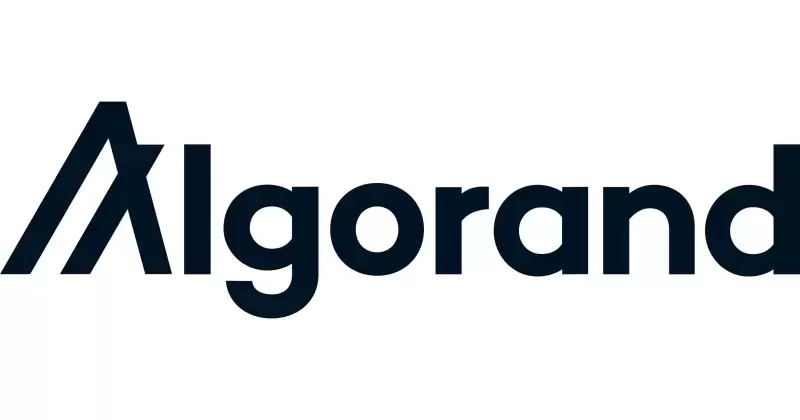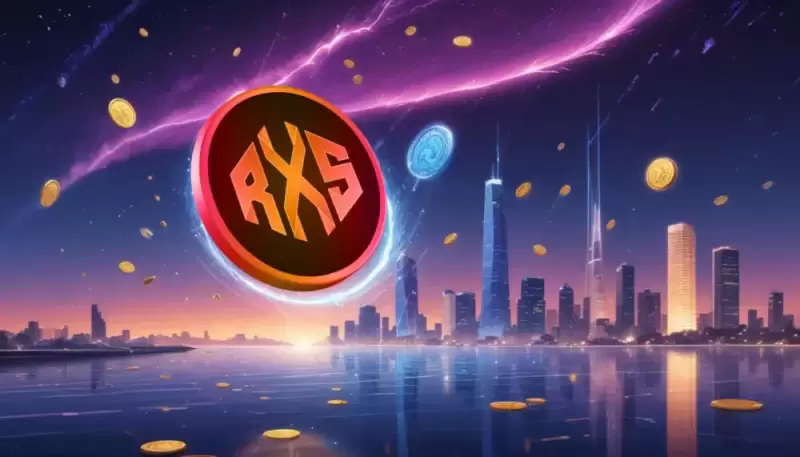 |
|
 |
|
 |
|
 |
|
 |
|
 |
|
 |
|
 |
|
 |
|
 |
|
 |
|
 |
|
 |
|
 |
|
 |
|
Cryptocurrency News Articles
Refuting the Myth: XRP Was Never Intended for Banks
Mar 21, 2025 at 03:30 pm
Blockchain consultant Panos Mekras has refuted a common myth regarding XRP by stating that it was never intended for banks.

A blockchain consultant, Panos Mekras, has refuted a common myth regarding XRP.
Key Takeaways:
* Blockchain consultant Panos Mekras has debunked a myth about XRP.
* He stated that the token was never intended for banks, and Ripple’s creators did not favor traditional financial institutions and middlemen.
* XRPL was created to disrupt the traditional banking system and provide a decentralized platform for transactions.
Many people (within and outside the XRP community) still believe that XRP was created for banks and cross-border payments. It's a common narrative that has been perpetuated by Bitcoin maximalists and some influencers.
In practice, it is just the opposite. XRPL was created to be a superior Bitcoin with faster transactions, built-in tokenization and a decentralized exchange (DEX). It was created for the masses and for enterprises and not for big finance.
XRP was designed by David Schwartz, Arthur Britto, and Jed McCaleb and launched in June of 2012 before there was even a company by the name of Ripple.
It was not until months later that Chris Larsen came on board and Ripple Labs Inc. (then OpenCoin) was formed. Day one produced 100 billion tokens and no amount greater possible.
Initially, Ripple Labs did not plan to work with banks or facilitate cross-border payments. They wished to create an open financial system that bypassed traditional gatekeepers like banks, credit card companies, and PayPal. This was about reducing costs, avoiding delayed transactions, and preventing censorship.
When Ripple pivoted to payments in 2014, it was because the DEX ecosystem on the XRPL was doing well. There was over $8 million per day in swaps and payments that we could 100% confirm was real economic activity.
We wanted to focus on the thing that we felt that we, as a single…
But in 2014, Ripple shifted direction and set about to connect with banks. This was not to cater to large financial institutions but to facilitate smaller banks to compete with the large financial institution-owned monopoly of SWIFT.
As Mekras explained, despite Ripple’s strategic pivot, XRP and XRPL were designed for financial decentralization all along. Even Ripple’s originators did not prefer having centralized parties manage transactions.
David Schwartz’s own experience of having been banned by PayPal was part of what motivated XRPL’s development. The vision was to give users total control of funds without interference by corporations.
Today, the token remains a tool for decentralization and financial empowerment. While Ripple has been working with financial institutions to implement it, the founding vision of XRPL remains: tearing down financial walls and returning control to people.Related Reading: TON Foundation Secures $400 Million Investment from Leading Venture Capital Firms
Disclaimer:info@kdj.com
The information provided is not trading advice. kdj.com does not assume any responsibility for any investments made based on the information provided in this article. Cryptocurrencies are highly volatile and it is highly recommended that you invest with caution after thorough research!
If you believe that the content used on this website infringes your copyright, please contact us immediately (info@kdj.com) and we will delete it promptly.
-

-

-

-

-

-

-

-

-

- Rexas Finance (RXS), Sei (SEI), and Render (RENDER) Are the Top 3 AI Cryptocurrencies to Buy in 2025
- Apr 24, 2025 at 08:35 pm
- The cryptocurrency market is no exception, as artificial intelligence (AI) is transforming several sectors. Projects driven by AI in blockchain technology draw much interest from investors


























































